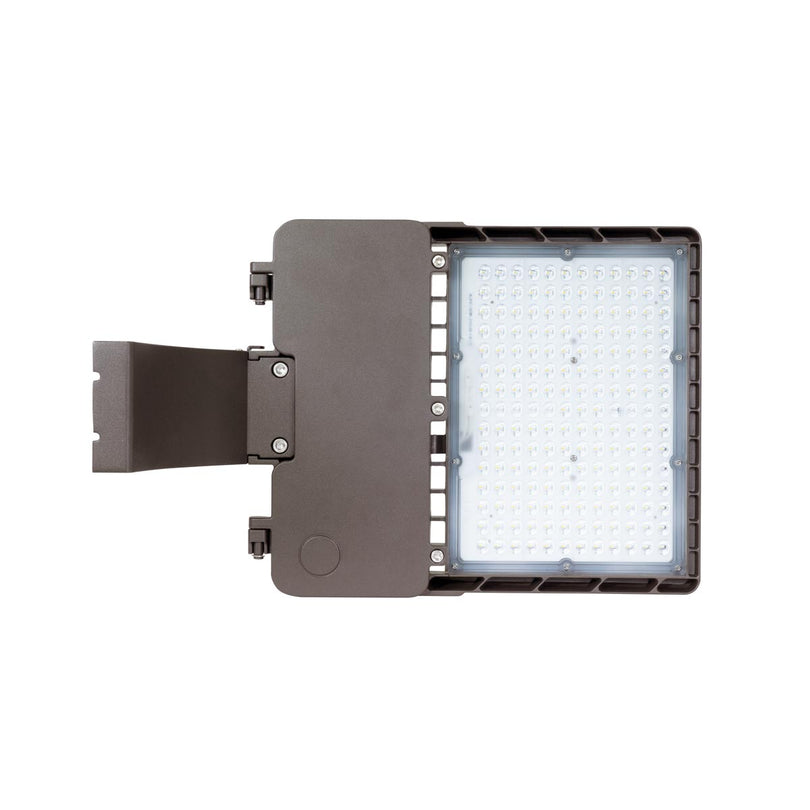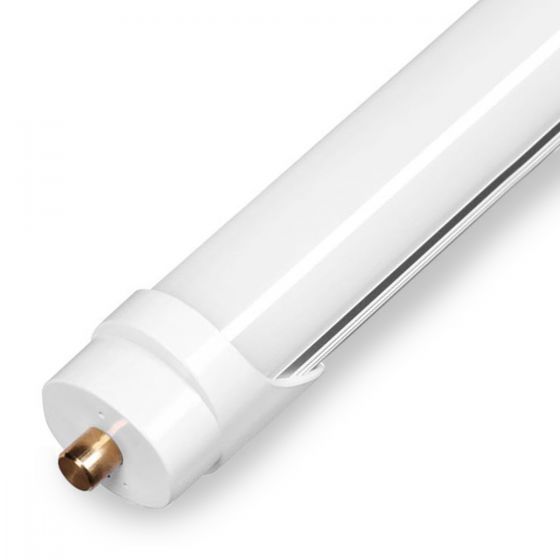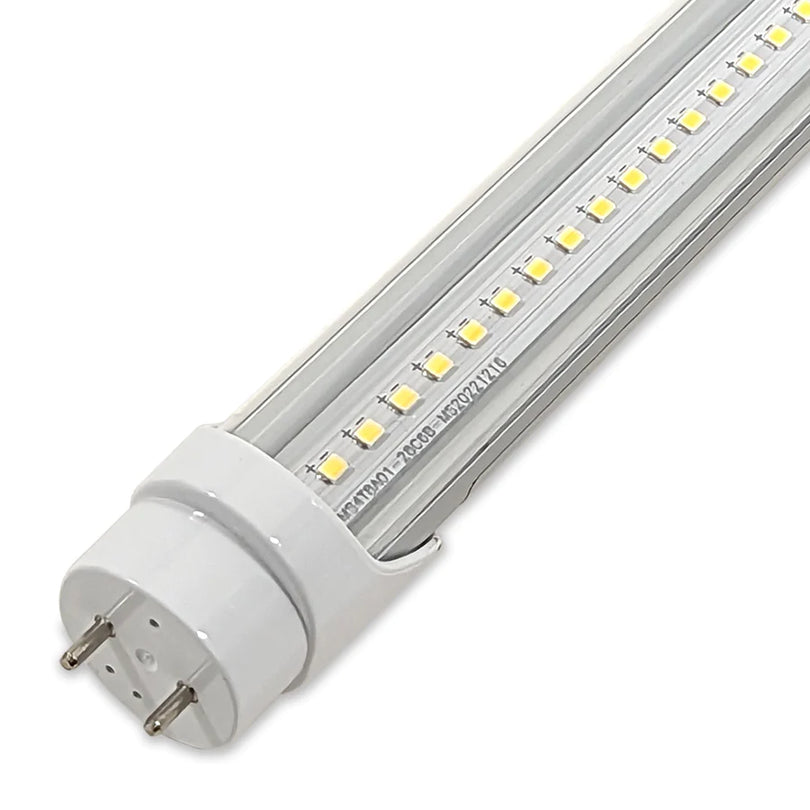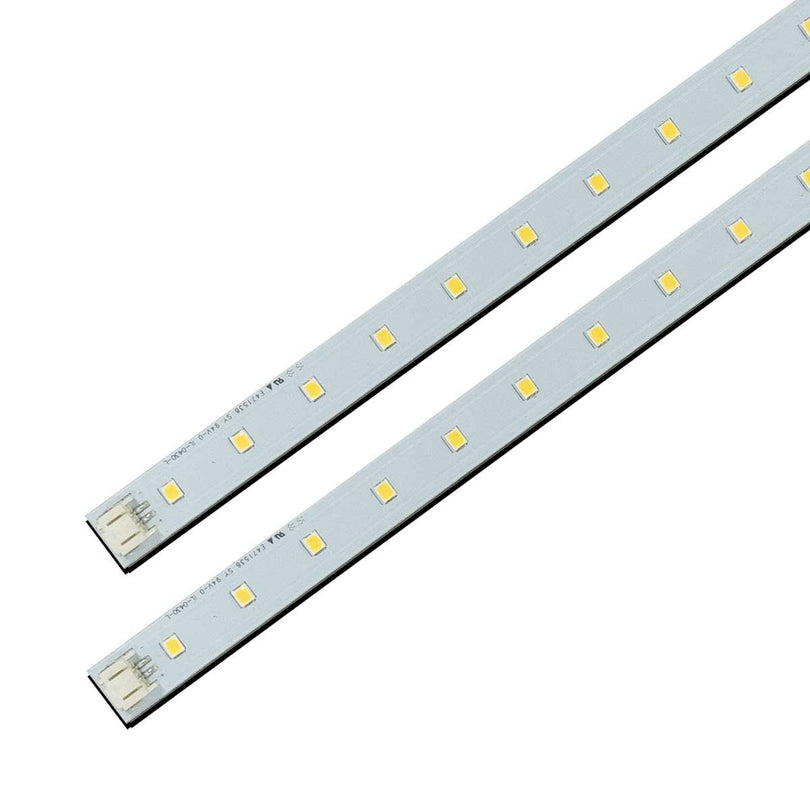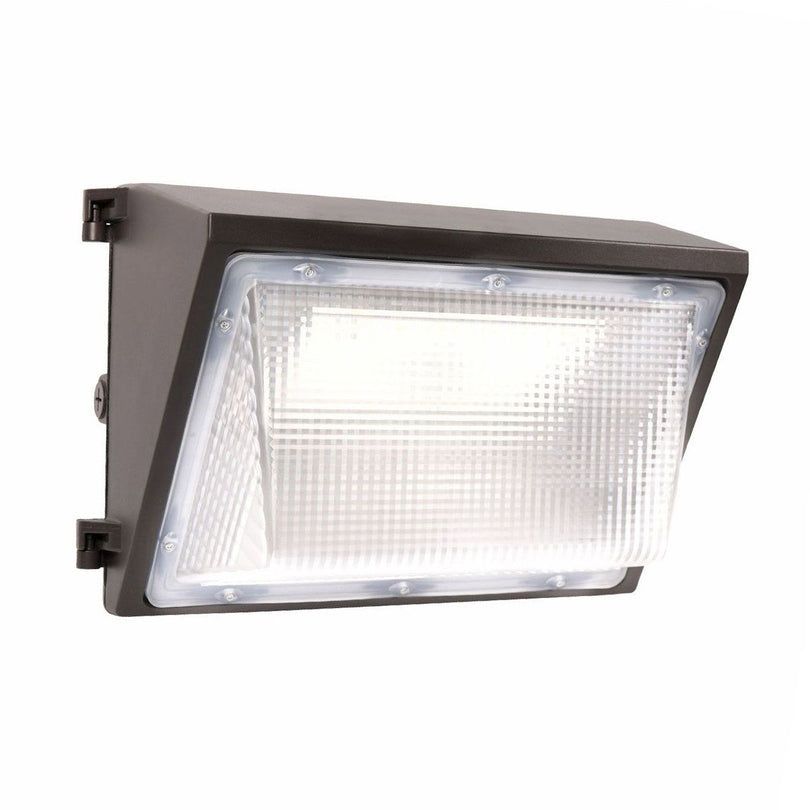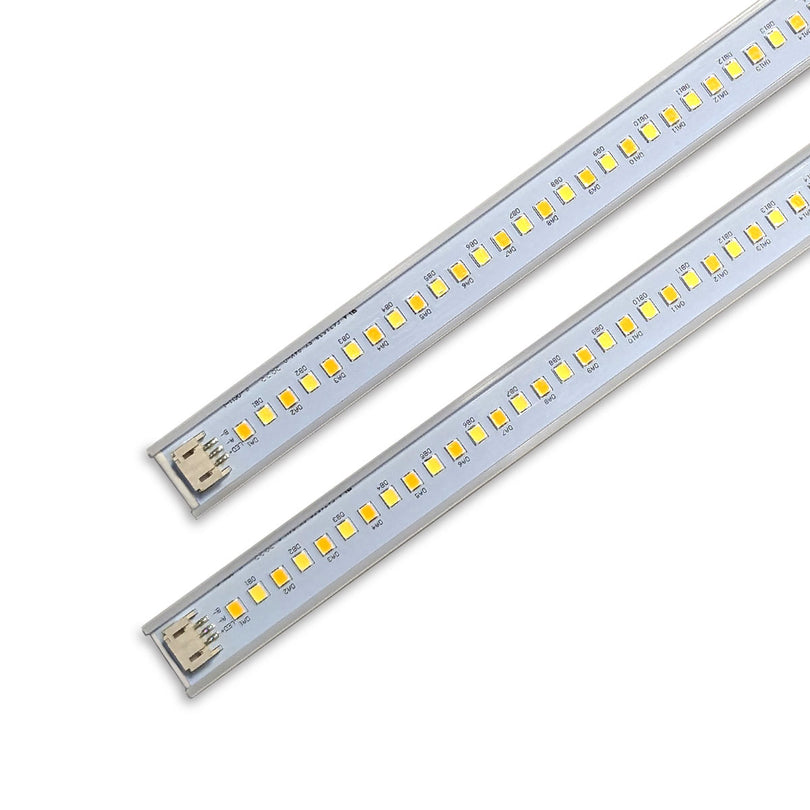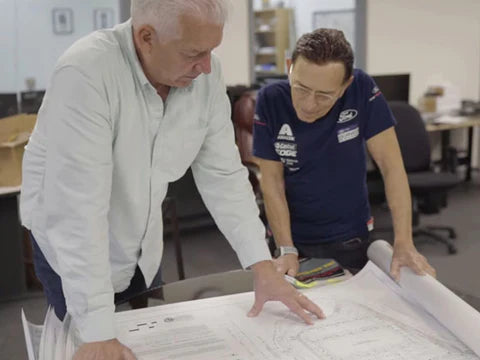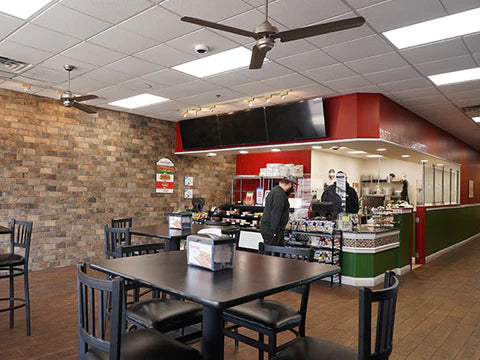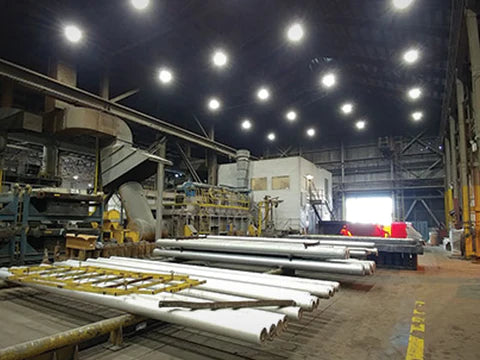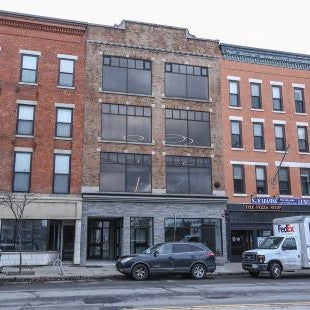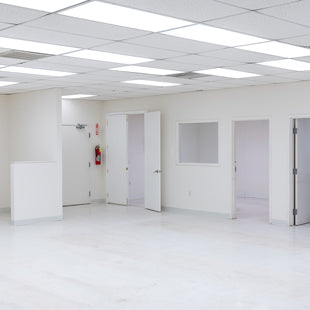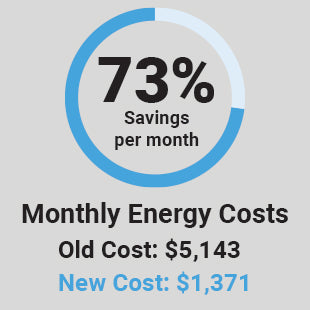The annual New Year's Ball Drop attracts more than a million visitors to the blustery cold Times Square every year and is viewed by over a billion more people from the comfort of their homes, local parties, and bars. But have you ever wondered why a ball is dropped at the stroke of midnight every year?
The history begins back in 1904, when the New York Times moved its headquarters uptown to the junction of 7th Avenue, Broadway, and 42nd Street. Their new building—the second tallest in the city at the time—was dubbed Times Tower, and the area around it became Times Square.
Up until this point, the gathering place for New Year's Eve in Manhattan was at Trinity Church, down by Wall Street, where the church bells would "ring out the old and ring in the new." This tradition started around the time the new church was consecrated, in 1846, but by 1885 the population of New York City had grown so large that the New Year's crowds began to cause problems with noise, drinking, and unruliness. In 1893, the church tried canceling the annual bell ringing, but the crowds showed anyway. It was with reluctance that they resumed tolling the bells in 1984, with increased police presence to control the crowds.
So, in 1904, when the Times wanted to commemorate its new building with a spectacular New Year's celebration uptown, the church was glad to let them take over.
1904's celebration replaced the ringing of the bells with the excitement of a fireworks display. However, the hot ashes and firework remnants proved dangerous. Within a few years, the police banned their use, leaving the Times to come up with another fantastical attraction.
Ball drops existed prior to 1907, in a more functional than celebratory way. In ports around the world, beginning with Portsmouth, England, in 1829, a ball, visible from sea with the use of a telescope, would be dropped daily at a specified time, allowing sailors at sea to adjust their chronometers to the correct time.
When tasked with coming up with a new show for the annual event, the Times' chief electrician took inspiration from these ball drops. For the 1908 celebration, he designed the first Times Square Big Ball, a 700-pound iron and wood sphere lit by one hundred round 25-watt bulbs.
In keeping with the maritime inspiration, the former main mast from the USS New Mexico was used as the pole for the ball's descent.
The first Big Ball to drop in Times Square, 1908
The ball proved popular with the crowds, and over the years it has not only been updated for new technologies, but it has also grown—literally. It now weighs 11,875 pounds and measures 12 feet in diameter. Its most recent technological upgrade took place on its 100th anniversary when, in 2007, its more than 600 halogen bulbs were replaced with LED technology that not only saved energy but opened all-new possibilities for the light show. Times Square Centennial Ball, the first with LEDs, for 2008
Times Square Centennial Ball, the first with LEDs, for 2008
The 2018 ball has been constructed from 2,700 Waterford crystal triangles, illuminated by 672 LED modules consisting of more than 32,000 Philips Luxeon Rebel LEDs. These LED modules are capable of producing 16 million colors in a kaleidoscope of more than a billion programmable patterns, something that wasn't possible with any of the earlier lighting technology.
Thanks to the amazing LED technology, the ball has become a year-round attraction, shining and color-shifting high above Times Square every night since 2009.
Traditions often evolve with technology—take the Christmas tree, which was first lit with open candle flames, or our Thanksgiving turkeys, now cooked in less time in many homes with efficient convection ovens.
For 2018, consider evolving your tradition of overpaying on lighting power costs: upgrade your lighting to spectacular LED with easy to install retrofits or fixtures from ELEDLights.com. Look for us to bring you the latest in quality lighting solutions—and great deals on them as well—throughout the new year.
In the meantime, our team wishes you and your team a year full of happiness and prosperity.


 215.355.7200
215.355.7200